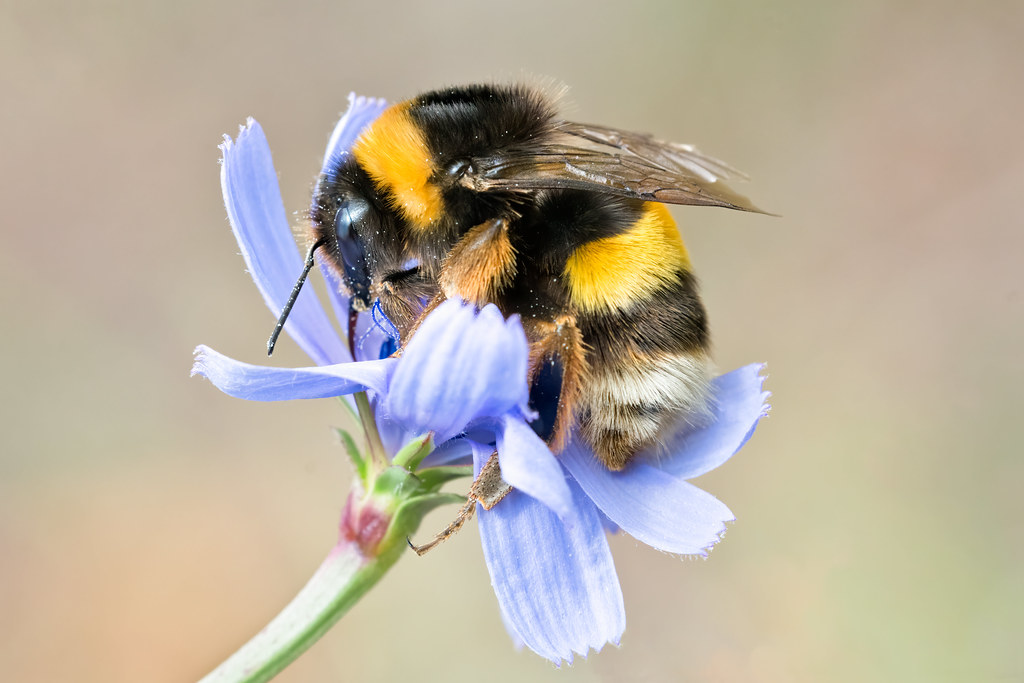As heatwaves become more frequent, bumblebee populations face a critical challenge: their nests can no longer regulate internal temperatures effectively, resulting in losses of larvae. This trend, highlighted by recent research published in Frontiers in Bee Science, underscores the profound impact of global warming on vital pollinators and ecosystems worldwide.
The ability of bumblebee colonies to thermoregulate, a mechanism enabling them to cool down, is being put to the test as temperatures soar. Despite their remarkable adaptations, rising heat levels are pushing these insects to their limits, leaving larvae particularly vulnerable to heat stress. 2023 was officially the hottest year on record and current trends do not seem to indicate a decline in average global temperatures.
Researchers from the University of Guelph in Canada reviewed studies going as far back as the
1800s that provided evidence that the ideal nest temperature for bees was around 28-32 degrees Celsius. When temperatures surpassed 37 degrees, they started becoming unable to reproduce. Additionally, because larvae are more vulnerable to changes in environmental heat, heatwaves that are becoming more prevalent over the years have a higher likelihood of wiping out an entire generation of bees.
“It’s remarkable that all the way from the high Arctic to the tropics, bumblebees seem to have the same sort of nest temperature requirements,” Peter Kevan, entomologist and Professor Emeritus at the University of Guelph, said. “If it gets too hot… it’s quite likely that they will die.”
Kevan highlighted innovations such as climate–controlled honeycombs as possible solutions for commercial bees but notes that they are mostly impractical for free-roaming bees.
The risks facing bumblebees extend beyond overheating nests. Habitat loss due to urbanization and agricultural expansion, coupled with pesticide use and an onslaught of diseases and parasites, further threaten their survival. The US Forest Service noted that in the US alone, two species have gone extinct in recent years out of 51 previously recorded.
In a press release by the team that headed the research, they shone a light on the areas of research that would provide the most insight into solutions for bumblebee populations. They noted a lack in current research on nest morphology, material properties, temperature and thermoregulation.
There is a need to “understand how different colonies cope with the same conditions and how different species cope with different conditions, including whether some bumblebee species have broader thermal neutral zones, affording them more resilience.”









